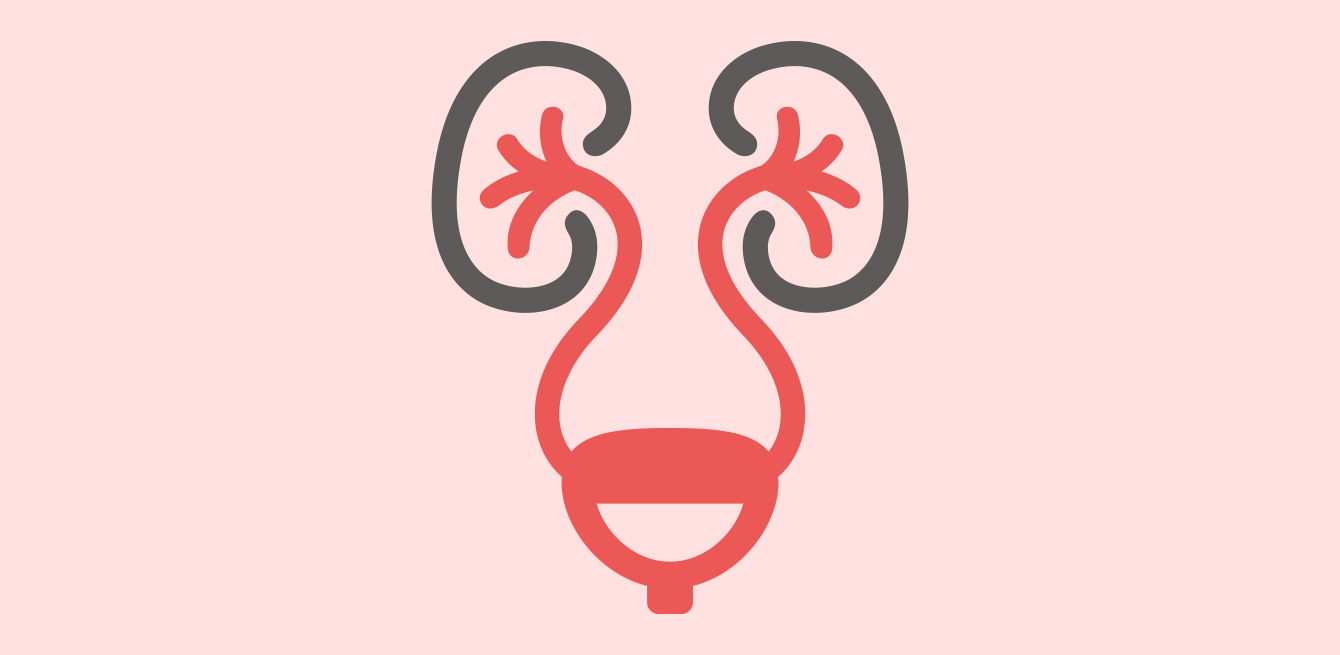
CHUV has some 70 clinical websites, and that of the Urology Service gets the most visits. That shouldn’t come as a surprise, considering how difficult it is for some men and women to talk about their intimacy. While this difficulty is understandable, you should see your doctor if certain symptoms arise.
Do you need to urinate often? Do you have pain in your testicles? Patients sometimes feel embarrassed talking about these parts of their body in front of a doctor. What can you do? And who should you talk to? You should start by seeing your general practitioner. Your GP may then advise you to see a urologist. This term refers to specialists who address issues with the urinary tract and genitals in men and with the urinary tract in women. As Beat Roth, Chief of the Urology Service at Lausanne University Hospital (CHUV), explains, “Women account for 25% to 30% of our urology patients, in collaboration with gynaecologists.
Urology encompasses a wide range of areas in medicine and surgery. There is overlap with oncology, dealing with diagnosis and monitoring of certain forms of cancer, including prostate, bladder and testicular cancer. Functional urology and neurourology deal with problems of incontinence and difficulty urinating. Much of the work also involves treating kidney and bladder stones”. Finally, andrology is the male equivalent of gynaecology and specifically addresses men’s urology, where “issues of infertility, erectile dysfunction or, more rarely, hormonal deficiency” are treated.
Urology encompasses a wide range of areas in medicine and surgery. There is overlap with oncology, dealing with diagnosis and monitoring of certain forms of cancer, including prostate, bladder and testicular cancer, functional urology and neurourology, as well as andrology which is the male equivalent of gynaecology.
At first, an appointment with a urologist is not much different from seeing a generalist. “We talk about the patient’s health and medical history. Then we perform a clinical exam.” The first visit often involves a rectal exam to analyse the prostate in men, and a gynaecological exam for women. “We also ask patients to come with a full bladder to examine it by measuring urine flow,” Dr Roth points out. Most patients are sent by other urologists or GPs. That means they’re already being treated, are used to talking about their situation, and know what happens in a general consultation.
Beat Roth feels that urological conditions are less and less taboo. He sees a positive change that is beneficial for patients. “Instruments are now smaller, which makes exams less unpleasant. On a more practical level, we work closely with the nursing staff, who see the patients before doctors do. That first contact is extremely important,” he says, “providing an opportunity to talk and ask questions”. He acknowledges however that men generally put off coming in to the clinic. They are less accustomed to it than women, who see their gynaecologist once a year. “Patients with cancer of the penis, for example, often come after considerable delay because they are embarrassed to get an exam. It’s different with the prostate. Things are much less taboo now, especially in people under 60. Also, it’s becoming increasingly normal for male patients to see female urologists.”
If you see urological or urinary symptoms, you need to see your doctor quickly. Cancers of the urinary tract and reproductive system are often detected too late, which greatly reduces the chances of recovery. Problems to watch for include incontinence, pain in your pelvis or kidneys, or difficulty emptying your bladder. “A definite warning sign that means you must absolutely see your doctor is the presence of blood in your urine, even if you don’t feel any pain. It could mean a tumour in the bladder”, the specialist says. However, some diseases have no symptoms in the early stages, such as prostate cancer. This is the most common type of cancer in men, according to the Swiss Cancer League. Since it mainly affects men over 50, men are recommended to have regular screenings from that age onwards. /